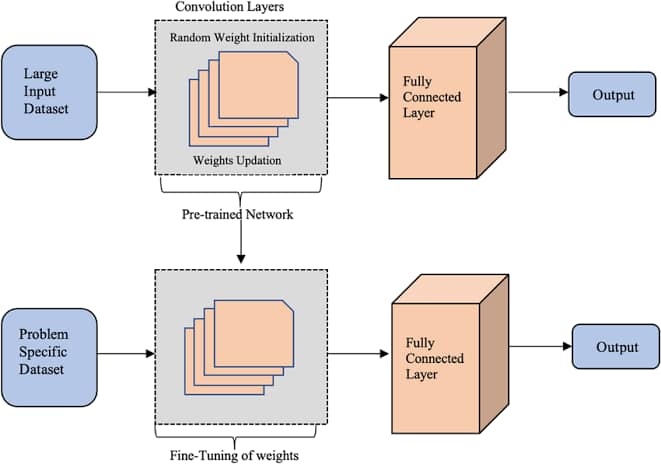Development of a visual analogy model using transfer learning techniques
Keywords:
Visual analogy models, Transfer learning, Conceptual change, Machine learning, Model developmentAbstract
This study presents a novel transfer learning architecture for automated visual analogy generation to improve the effectiveness of visual analogies in facilitating learners’ comprehension of complex concepts within educational settings. While visual analogies are widely recognized as powerful tools for enhancing understanding and promoting conceptual change, existing automated models often fall short due to insufficient focus on critical design phases. To address these limitations, this research employs transfer learning technique, incorporating enriched datasets to generate visual analogies that are clear, contextually appropriate, and effective for diverse learning audiences. The computational approach integrates advanced data preprocessing, neural network architecture design, and PyTorch implementation, alongside transfer learning from Stable Diffusion. The model’s performance is assessed through a combination of quantitative metrics and qualitative evaluations. Quantitative results demonstrate that the enhanced VAM significantly outperforms the baseline, with an average FID score of 139.2091 compared to 4511.81 for the baseline, and an average CLIP similarity score of 35.3981 for the enhanced model compared to 15.6767 for the baseline. These findings underscore the potential of automated visual analogy creation to transform educational practices, offering actionable insights for educators and designers to seamlessly integrate visual analogies into teaching materials and technologies, ultimately enhancing the communication of complex ideas in classrooms.

Published
How to Cite
Issue
Section
Copyright (c) 2025 Osowomuabe Njama-Abang, Denis U. Ashishie, Emmanuel A. Edim, Moses A. Agana

This work is licensed under a Creative Commons Attribution 4.0 International License.
How to Cite
Most read articles by the same author(s)
- Denis U. Ashishie, Endurance O. Obi, Osowomuabe Njama-Abang, Ahena I. Bassey, Transformative approach in Lassa fever diagnostics: an innovative integrative strategy for early detection and outcome prediction , African Scientific Reports: Volume 4, Issue 3, December 2025 (In Progress)




